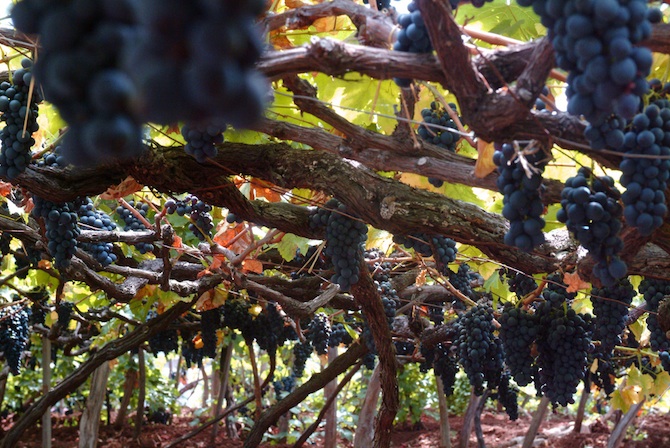
Stephanie Frederick, our instructor for today’s Sommelier Society of America fortified wines class, glances confused around the sparse room. “Either everyone is on vacation or they didn’t think fortified wines were important. Well they are and they will be on the test.”
Today’s sommelier certification class is focused on classic spirit-infused fortified wines like Port, Sherry, Marsala and the caramel-rich Madeira. Before we get into that, however, we start with some blind tastings. We are prepping for a sommelier exam, after all.
Blind Tasting
“Decanter Magazine released a list of the top five red and five white grape varieties based on quality, elegance and ability to age. I would like all of you to take some time and try to guess what they are.”
I think hard. Red. Merlot is one of the world’s most popular grapes, so I jot it down. Pinot Noir is the classic red grape of Burgundy, and nebbiolo makes the fascinating Italian reds of Barolo and Barbaresco. I choose cabernet sauvignon for its full body and age-ability, and tempranillo as it’s prized in Spain’s wine country. For whites, the ones that come to mind are chardonnay and sauvignon blanc, two of the world’s most heavily planted white grapes; riesling and gewürztraminer which help make the spectacular whites of Alsace and Germany; and pinot grigio, Italy’s most popular white grape varietal.
While my answers aren’t 100% accurate, I don’t fare terribly. For the world’s most noble reds, Decanter Magazine’s answers include cabernet sauvignon, pinor noir and nebbiolo (yes!) as well as syrah and touriga nacional, the prize of Portugal’s wine country. For whites, it is chardonnay, riesling and sauvignon blanc (go me!) that make the cut, as well as semillon, the full-bodied grapes used in white Bordeaux, and chenin blanc, a light wine with the ability to make stellar dry and sweet wines.
So, why is it so helpful to know these important grapes? Because these are the ones that are most likely to show up on a blind tasting exam, especially in a first-level sommelier course. Ms. Frederick explains to us her three-prong method for getting through a blind tasting exam. First look at the wine and jot down some notes. Then smell the wine and jot down some notes. Finally taste the wine and jot down some notes. Afterward, you’ll need to make a choice as to what the wine is and where it’s from by using deductive reasoning, while also adding in some other possibilities by saying something like “Considered riesling, but rejected it because the acidity was not high enough.”
“You need to have a tasting method,” she says. “Time is not your friend on these exams. You won’t even have time to check for spelling. Just taste and make sure you get something.”
From there we get into actually doing some blind tasting, one white and one red. To be honest, I end up being pretty impressed with myself, even getting the white wine correct. For the white wine, my note goes like this:
This white wine is straw yellow in color, with a medium body and intense aromas of tart green apple and lemon. The wine is tart and medium-sweet, with high acidity to balance the high residual sugar. Chenin blanc was considered; however, the body is not full enough. Chardonnay was also considered but the body is not full enough and the color is too pale. The wine’s light color and body suggest cool climate, while minerality suggests it’s from the Old World. Due to this as well as the high acidity and fruit flavors I think it’s a riesling from Germany.
The answer ends up being a German riesling from Mosel. While I get the answer, I would have lost points on an exam for not mentioning the quality designations — you can learn more about that here — or the specific region (Mosel). This wine most likely is a Spätlese (late harvest) or Auslese (select harvest).
“Here’s a tip. If you know it’s a high quality German riesling but have no clue where exactly it’s from, say Mosel. It’s a safe guess as this is where a lot of quality German wines come from,” advises Ms. Frederick.
For the red wine, Ms. Frederick compliments me for my observations; however, this one is tricky. It ends up being a zinfandel from Napa, a grape that is not as prevalent in the region as it once was (it’s being replaced by cabernet sauvignon). My tasting note looks like this:
This red wine is medium purple in color with aromas of dark fruits, cherry and vanilla, which suggests oak aging. It’s full bodied, with flavors of plum and spice. The wine has medium acidity and soft tannins. Merlot was considered but rejected due to the wine’s higher acidity. Tempranillo was also considered but rejected due to the lack of tobacco notes on the palate. Cabernet sauvignon was also considered, but rejected due to lack of structure. The high quality of the wine, ripe fruit flavors, fruit-forwardness, jamminess and lack of earthiness suggests a warm climate in the New World making quality wines like Australia, South Africa or California. For this reason, I believe it’s a shiraz from Australia.”
Even though I wasn’t correct with my answer I was happy that I would have at least gotten some points on my note, although again I didn’t mention an exact region. The exercise gives me a better understanding of what I need to work on in the upcoming weeks.
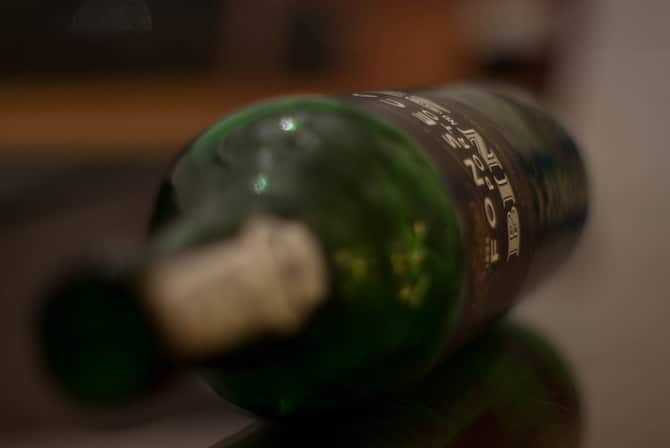
What Is Fermentation?
From there, we get into the main focus of today’s class: fortified wines. In order to understand fortified wines, one must comprehend fermentation, which, according to Ms. Frederick is a “reaction involving living microorganisms or at least enzymes extracted from an organism.”
Yeast feed on sugar and enzymes. Therefore, we can turn alcoholic fermentation into a math problem: yeast + sugar = alcohol + carbon dioxide + heat.
Wine cannot be wine without alcoholic fermentation. For those who have seen non-alcoholic wines, they still undergo alcoholic fermentation, but the alcohol is extracted afterward.
At this point Ms. Frederick laughs. “What is the point of no alcohol wine? The calories without the buzz. I just don’t get it!”
Naturally, fermentation stops when there is no sugar left for yeast to feed on or the yeast becomes poisoned with alcohol — called natural termination — which typically occurs when the wine reaches 15-16% alcohol. Sometimes, however, winemakers want to stop fermentation artificially. There are a few ways they do this:
- Lowering fermentation temperature to 5-degrees Centigrade — like winemakers do with Asti wine in Piedmont — which can then be raised again to re-start fermentation
- Removing yeast with centrifuge filtration, as is often done with sweet wines
- Use sulfites to increase pressure
- Add alcohol and kill the yeast with fortification
The last of these methods is the only one that is permanent and stabilizes the wine.
This gets us into a discussion of fortified wine, which is the practice of adding spirits — usually grape spirits, especially in high-quality fortified wines — to kill yeast, add alcoholic strength and stop further fermentation. According to Ms. Frederick, there are three basic styles of fortified wine:
- Early Style- You’ll see this in Liqueur Muscats from Australia, made from brown muscat. Fermentation is stopped early and then barrel aged for complexity. Tip: If you ever get a fortified wine on an exam and it tastes like liquified raisins, you’re probably drinking this.
- Mid Style- Fermentation is stopped in the middle.
- Sherry Style- The wine is fermented to dryness before being fortified.
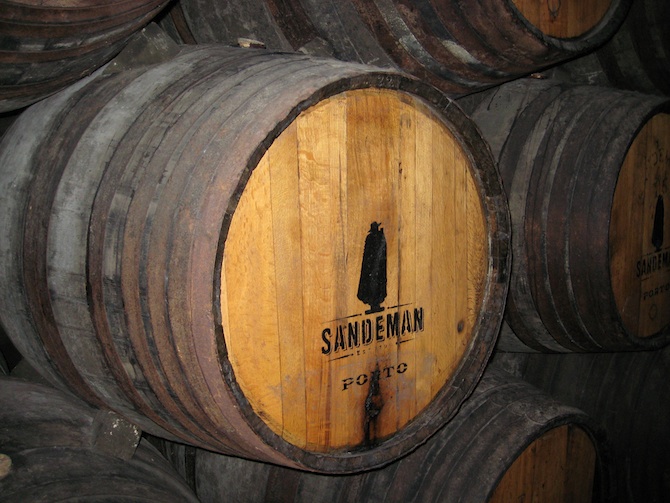
Port
This brings us to our first fortified wine, the beloved Port from Portugal.
“I’ve never met a single person who didn’t like Port,” observes Ms. Frederick. “It’s just such a tasty thing.”
Port comes from only one place in the world: The Douro Valley’s Port region, demarcated since 1756. Here, alongside the Rio Douro, touriga nacional, tinta roriz, touriga francesa and other Port and red wine grapes grow plentifully.
While port has been around since biblical times, it actually only became popular in the seventeenth century when tensions between the British and French became intense. While the British had always drank French wine, they now needed to find an alternative as import tax on their usual beverage increased astronomically. They turned to Portugal for their wine needs. Unfortunately, long boat journeys during this time meant by the wine made it to Britain it had often gone bad. So, in order to preserve the wine, they began adding brandy.
There are two main styles (notice I said “main,” as there are others) of Port: Tawny and Ruby. There are some very big distinctions between the two. First of all, Tawny Port takes many vintages of wine and cask ages them for 40+ years. As they’re typically a blend of white and red grapes, Tawny Port has a lighter color and is a bit smoother. On the other hand, Ruby Port is much simpler and less expensive, bottle aged with young non-vintage wines. You’ll often find the wine is delicate with notes of red fruits.
It’s also worth mentioning Vintage Port, which accounts for only 1% of Port production but is very special, only made in very good years using the best grapes.
“If you can get your hands on a Vintage Port when it first comes on the market for $70 and store it in your cellar it’s well worth it,” advises Ms. Frederick.
Fun fact: While Port is often thought of as a red wine, there are also white Ports. France is the biggest consumer of white port, as the French enjoy mixing it with club soda for a refreshing twist.
For our Port tasting in class we sample three different Port wines. First is a Sandeman’s Founders Reserve Ruby Port, an everyday Port with a very intense color and lots of primary fruit, mainly cherries and strawberries. Next we get to try a Quinta do Infantado Tawny Port, which is rich with essences of sultanas, hazelnuts, vanilla and caramel, with a slight spice on the finish. Finally, we savor a true treat, a 2007 Quinta do Infantado Vintage Port, made from hand-picked grapes that are slow fermented in lagares (high stone tanks). The wine features tinta roriz, touriga francesa and touriga nacional and is medium-dry with notes of caramel, coffee and a long finish.
By the way, if you’re visiting the area, many people like to base in Porto. Whether you spend 3 days in Porto or longer, definitely book a wine tour to taste these delicious wines.
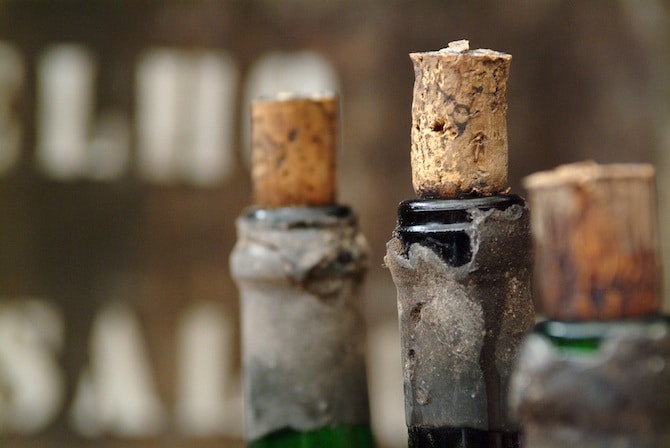
Madeira
Also from Portugal — the volcanic island of Madeira, to be exact — is Madeira, a distinctive wine you’ll immediately be able to pick out on any blind tasting. This wine was drank during a toast to the signing of the Declaration of Independence by the USA’s Founding Fathers, and is thought to possibly have been the first wine imported to America. Like with Port fermentation is stopped halfway through (at about 17-18% alcohol); however, with Madeira it is then “baked” in estufas, which heat ages the wine similar to how it would be after barrels were cooked by the sun during a long ship journey.
For Madeira the four main grapes used in its production, from driest to sweetest, include sercial, veredelho, bual and malmsey (malvasia). It can then be further categorized by how it is aged:
- Reserve: 5+ years
- Special Reserve: 10+ years
- Extra Reserve: 15+ years
- Vintage: Vintage Madeiras are made using only the four grape varieties stated above and must all come from the same vintage. Moreover, these wines are aged for 20+ years in a cask and 2+ in a bottle before hitting the market.
I get to experience Madeira for myself during the class, when we sip a 2009 Blandy’s Madeira, aged for five years. It is pale amber with a slight green rim — typical of Madeira — and has a screamingly high acidity and wildly aggressive caramel notes. These characteristics will tell you immediately that you’re drinking a Madeira when you have one during a blind tasting. Oh yes, and it’s delicious.
Bonus tip: If you’re interested in exploring eco-tourism in Portugal, Madeira is home to many opportunities to do so. For instance, you can visit The Laurisilva (Laurel Forest), a UNESCO World Heritage site known for its impressive biodiversity. It also plays an important role in maintaining the island’s hydrological balance.
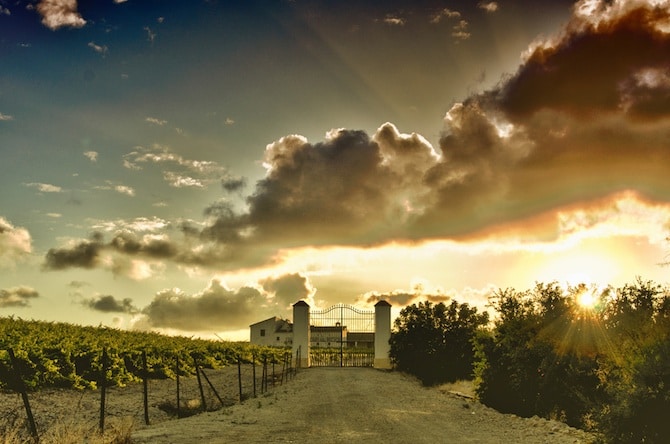
Sherry
I’ll be honest. I’m not a fan of Sherry. To me it makes my mouth feel like I’ve eaten something uncomfortably salty and dry. That being said, just because I don’t enjoy it doesn’t mean it’s not worth discussing (or trying so you can form your own opinion). This important wine is made in the hot and sunny Andalusia, Spain, within the “Sherry Triangle” composed of Puerto de Santa María, Jerez and Sanlúcar de Barrameda. It is a dry fortified wine — sometimes sweetened later on — made mainly from palomino and pedro ximenez grapes, where the spirit is added after fermentation is complete.
There are two main types of Sherry. First is Fino, a very dry, crisp light-bodied Sherry sourcing grapes from older vineyards on the best soils, with a focus on elegance. The other is Oloroso, which is a little lower in quality, with vines growing in heavier clay soils. This wine is fuller, nuttier, higher in alcohol content (18% compared to 15%) and is sometimes slightly sweet.
One major defining element of Fino and Oloroso Sherry is “flor,” which Finos are very dependent on. Flor is a thin film of yeast that forms on the top of Sherry, protecting it from oxygen and lowering its sugar content. On the other hand, Oloroso Sherry doesn’t have flor, allowing for a slightly sweeter and nuttier flavor due to its interaction with air. You’ll also sometimes see Amontillado Sherry, which is sort of a cross between Fino and Oloroso.
To understand Sherry one must grasp the concept of the Solera System, a blending system that aims to keep a certain style no matter the wine’s vintage. It works like this: grape juice is fermented and lightly fortified before being poured into enormous 100-year-old barrels, set aside for 1+ years in order to gain depth and complexity. From there, the wine barrels are lined up in rows and stacked so the oldest Sherry is on the bottom. When someone orders Sherry, wine will be taken from these bottom barrels, with the missing liquid replaced with newer wine from the row above. When wine from the row above is removed, it is replenished with wine above that, and so on. The barrels on the top will be filled with the current year’s wine. Interestingly, these bottles will never be emptied as they keep being re-filled little by little. Of course, this means there is no vintage Sherry. Instead, producers are more focused on creating a unanimous style of fortified wine.
In class, I try three Sherries. The first is a Gonzalez-Byass “Tio Pepe” Fino Sherry, made by a notable Sherry procure that’s been around for over 100 years. It’s pale in color and dry — fermented to less than 1% residual sugar — with intense aromas and flavors of crushed nuts. For me it’s difficult to drink, although I appreciate the experience and imagine how it can be enjoyed by some but is an acquired taste.
Next the class tries a Valdespino, Amontillado “Tio Diego” Sherry, which still has the nuttiness from the flor but not as intense. Where as the first Sherry was fine, light and elegant, this one has a bit more flesh to it.
Lastly, we sample a Gutierrez Colosia, Oloroso “Sangre Y Trabadero” Sherry, which has a surprisingly similar color and even taste to the Madeira; however, the acidity gives the answer away (the Madeira’s acidity is way higher).
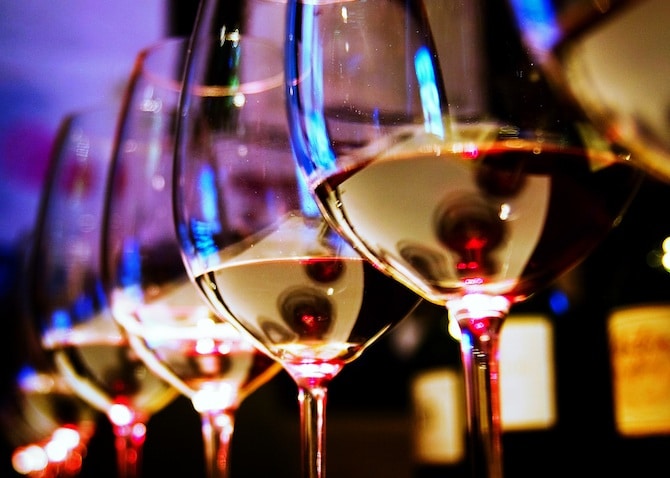
Other Popular Fortified Wines
While these are the types of fortified wines we went over in class, they are no the only types out there. Other important fortified wines include Vin Doux Naturels from France, Marsala from Sicily, Vermouth from both France and Italy. Hopefully, this introduction to fortified wines has ignited your interest enough to do your own research into these other mesmerizing libations.
This article is part of an Epicure & Culture original series, Sommelier Certification.
Have you visited one of these enchanting fortified wine capitals? Have a favorite fortified wine? Please share in the comments below.
Jessica Festa
Latest posts by Jessica Festa (see all)
- A Culturally-Immersive Adventure In Mongolia’s Altai Mountains - Jul 8, 2023
- This Recipe Sharing Platform Supports Women In The Culinary Industry (Labneh Recipe Included!) - Nov 5, 2020
- Hiking The Mohare Danda Community Eco-Trek In Nepal - Jun 3, 2020
- 6 Important Questions For Choosing A Responsible Yoga Retreat - May 18, 2020
- How To Create & Grow A Profitable Blogging Business (Ethically) - Jan 18, 2020

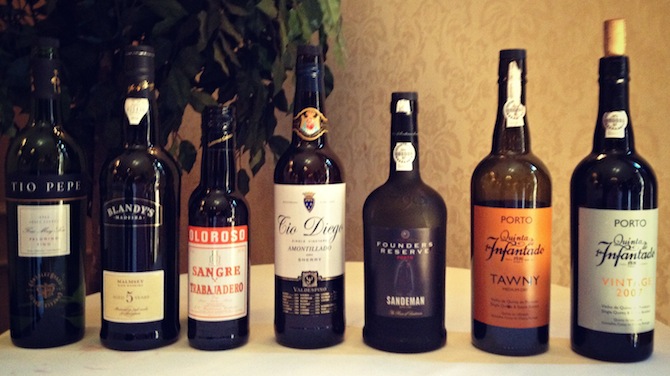

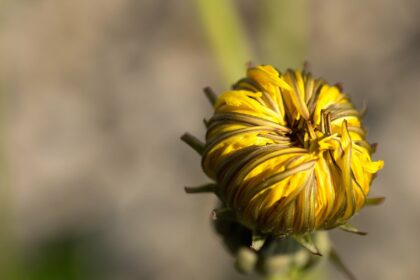
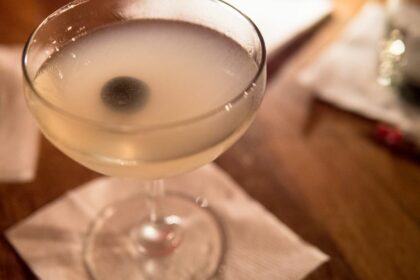
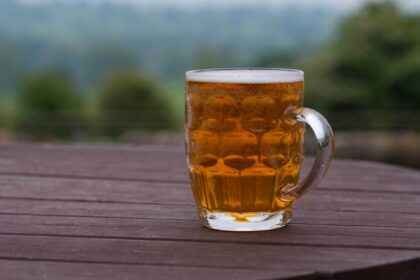
Dear Jessica:
Another great article! I learn something new every time you post. Your tasting notes are very precise and confident; I am sure you will ace your wine exam.
@Douglas: Thank you so much for your kind words. Fingers crossed!
Dear Jessica,
Thank you for a sterling article.
South Africa produce outstanding sherries and ports since the 1600 ‘s.We are well known for our fortified wines which you should try some time and let us know your thoughts.
Best regards
Thank you for sharing this article. I have gained another knowledge about wines again. I am planning to start collecting wines but prior to that, I am gathering more and more information about wines and this one of the best.